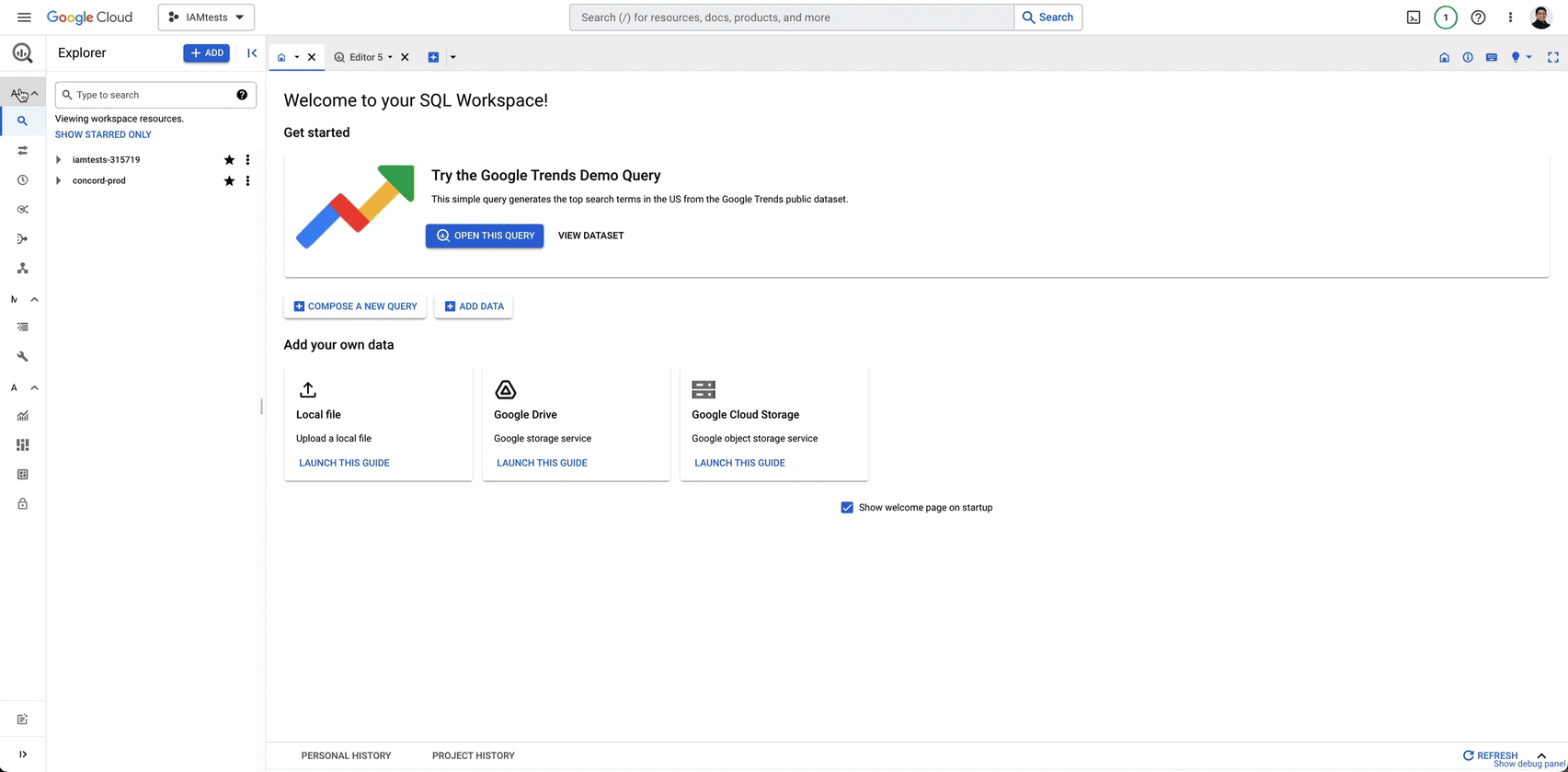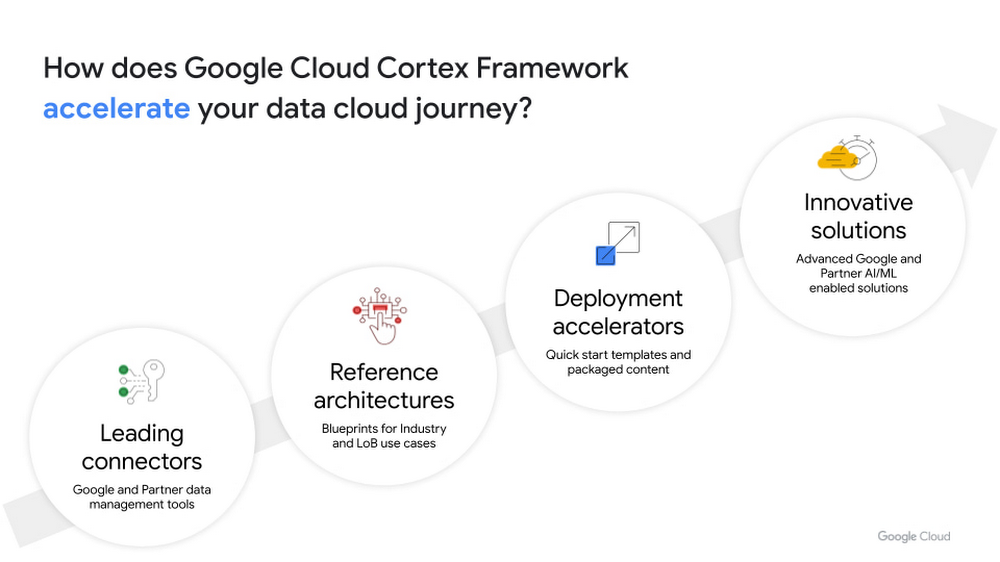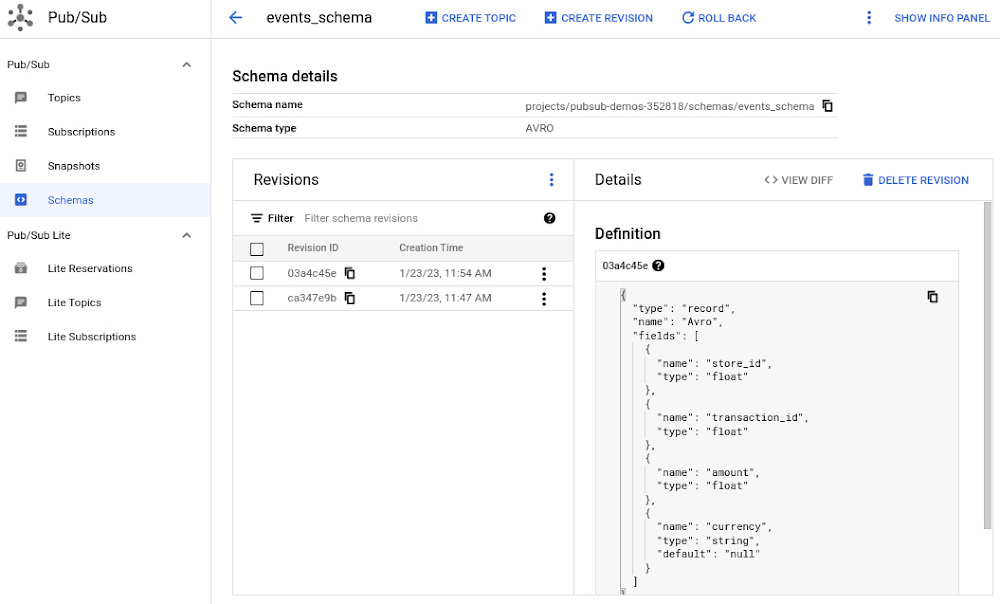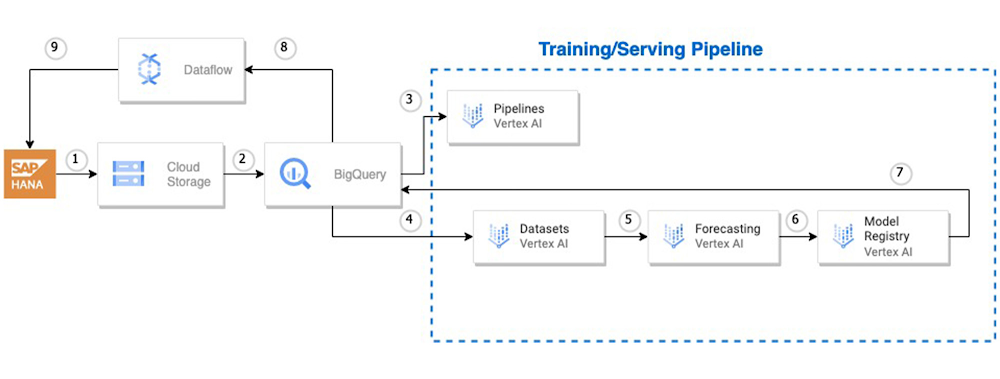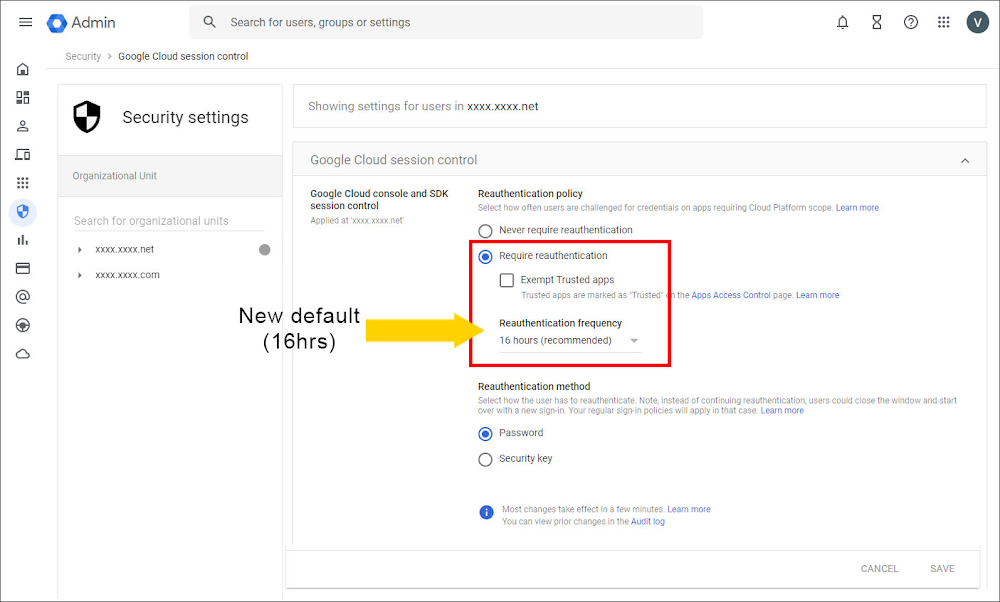Committed use discounts for RHEL and RHEL for SAP now available on Compute Engine
Optimizing your costs is a major priority for us here at Google Cloud. We are pleased to announce the general availability of committed use discounts (“CUDs”) for Red Hat Enterprise Linux and Red Hat Enterprise Linux for SAP. If you run consistent and predictable workloads on Compute Engine, you can utilize CUDs to save on Red Hat Enterprise Linux subscription costs by as much as 24% compared to on-demand (or “PAYG”) prices. “Red Hat Enterprise Linux on Google Cloud provides a consistent foundation for hybrid cloud environments and a reliable, high-performance operating environment for applications and cloud infrastructure. The introduction of committed use discounts for Red Hat Enterprise Linux for Google Cloud makes it even easier for customers to deploy on the world’s leading enterprise Linux platform to unlock greater business value in the cloud.” — Gunnar Hellekson, Vice President and General Manager, Red Hat Enterprise Linux Business Unit, Red Hat What are committed use discounts for Red Hat Enterprise Linux?Red Hat Enterprise Linux and Red Hat Enterprise Linux for SAP committed use discounts (collectively referred to as “Red Hat Enterprise Linux CUDs”) are resource-based commitments available for purchase in one- or three-year terms. When you purchase Red Hat Enterprise Linux CUDs, you are committing to paying the monthly Red Hat Enterprise Linux subscription fees for the duration you’ve selected for the number of licenses you specify, regardless of your actual usage. In exchange, you can save as much as 24% on Red Hat Enterprise Linux subscription costs compared to on-demand rates. Because you are billed monthly regardless of actual Red Hat Enterprise Linux usage, CUDs are ideal for your predictable and steady-state usage, to maximize your savings and make for easier budget planning. How do committed use discounts work for Red Hat Enterprise Linux?Red Hat Enterprise Linux CUDs are project- and region-specific, similar to the other software license CUDs available today. This means you will need to purchase Red Hat Enterprise Linux CUDs in the same region and project as the instances consuming these subscriptions. After you purchase Red Hat Enterprise Linux CUDs, discounts automatically apply to any running virtual machine (VM) instances within a selected project in the specified region. If you have multiple projects under the same billing account, commitments can also be shared across projects by turning on billing account sharing.When commitments expire, your running VMs continue to run at on-demand rates. It is important to note that after you purchase a commitment, you cannot edit or cancel it. You must pay the agreed-upon monthly amount for the duration of the commitment. Refer to Purchasing commitments for licenses for more information. How much can I save by using committed use discounts for Red Hat Enterprise Linux?By purchasing Red Hat Enterprise Linux CUDs, you can save as much as 20% on one-year commitments and up to 24% on three-year commitments compared to the current on-demand prices. However, it is important to remember that with CUDs, you will be charged for monthly subscription fees regardless of your actual Red Hat Enterprise Linux usage. Therefore, to maximize the discounts you can receive from CUDs, we recommend purchasing CUDs for steady and predictable workloads. Here is a helpful comparison between maximum discounts possible using CUDs versus its relative on-demand prices:Price as of this article’s publish date. Hourly costs are approximate. Calculations are derived based on the full CUD prices (as of this article’s publish date), assuming VMs running 730 hours per month,12 months per year. Discounts compared to current on-demand pricing, rounded to the nearest whole number.Based on our research, CUDs are a good fit for many Red Hat Enterprise Linux VMs, the majority of which run 24/7 workloads. When evaluating whether or not purchasing Red Hat Enterprise Linux CUD is a good choice for you, consider the following: Based on list prices for a one-year term, Red Hat Enterprise Linux CUDs can help you save on subscription costs if you utilize a Red Hat Enterprise Linux instance for ~80% or more of the time within the one year CUD term. For a three-year Red Hat Enterprise Linux CUD, you can start saving when a Red Hat Enterprise Linux instance runs for ~76% or more of the time. Additionally, remember that Red Hat Enterprise Linux CUDs automatically apply to all running VM instances within the same region and project. (However, one Red Hat Enterprise Linux CUD can only be applied to one VM instance at a time.)*Savings are estimates only. This analysis assumes only one Red Hat Enterprise Linux (large) instance running under the CUD project and region.What if I need to upgrade my Red Hat Enterprise Linux version after purchasing a commitment? Red Hat Enterprise Linux CUDs are version-agnostic and are not affected when you perform operating system (OS) upgrades or downgrades. For example, if you purchased a commitment for Red Hat Enterprise Linux 7, you may upgrade to Red Hat Enterprise Linux 8 and continue to use the same commitment without any action on your end. Additionally, commitments are not affected by future pricing changes to on-demand prices for Compute Engine resources.How can I purchase committed use discounts for Red Hat Enterprise Linux?The easiest way to purchase Red Hat Enterprise Linux CUDs is through the Google Cloud console. In the Google Cloud console, go to the Committed Use Discounts page. Click Purchase commitment to purchase a new commitment. Click New license committed use discount to purchase a new license commitment. Name your commitment and choose the region where you want it to apply. Choose a duration of the commitment, either 1 or 3 years. Choose a License family. Choose the License type and quantity. Choose the Number of licenses. Click Purchase.You can also purchase Red Hat Enterprise Linux commitments using the Google Cloud CLI or the Compute Engine API. For more information, refer to Purchasing commitments for licenses. We hope this helps you find the most cost-optimal plan for your Red Hat Enterprise Linux deployment needs.
Quelle: Google Cloud Platform

